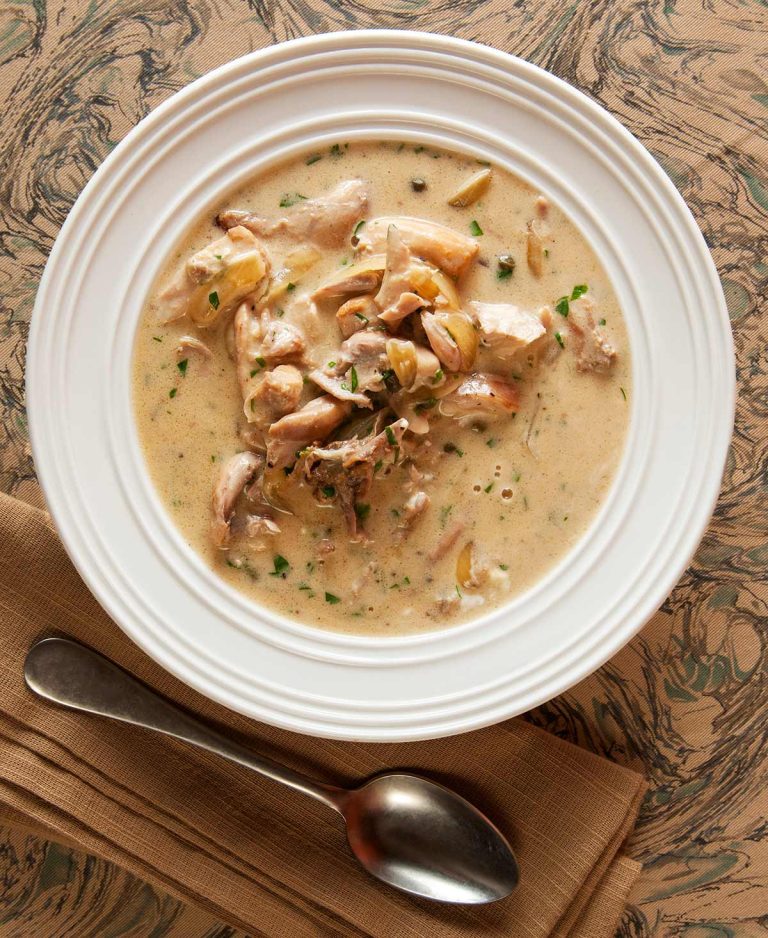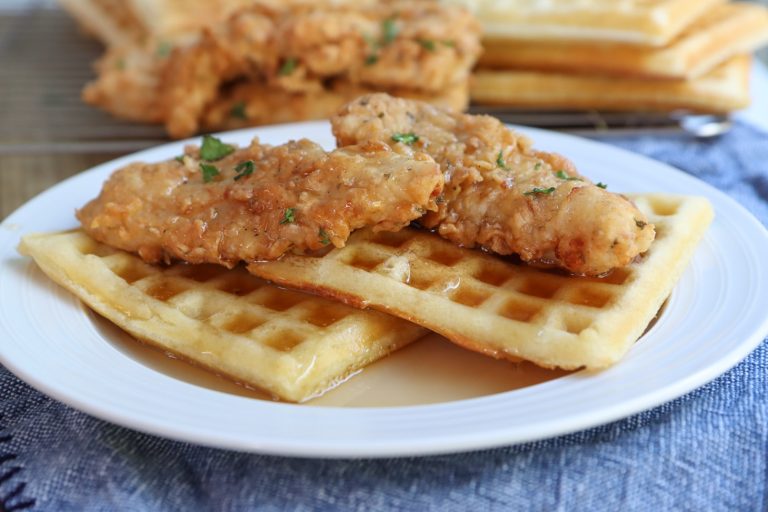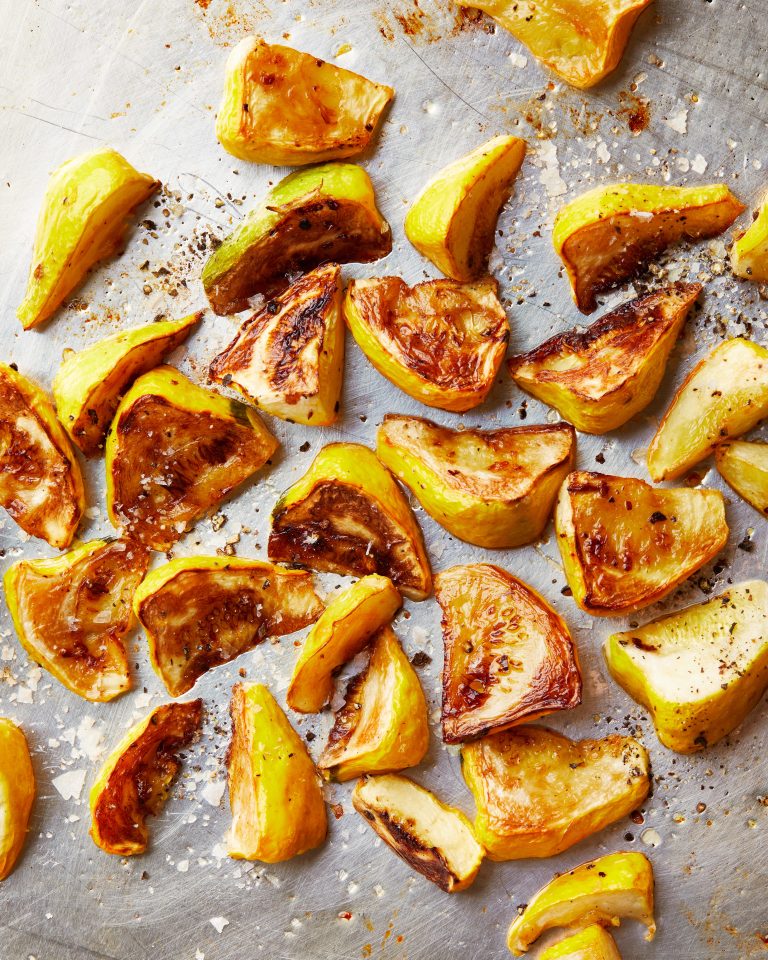Ice Pops: From Classic Treats to Modern Gourmet Delights
Ice pops trace back to 1905 when eleven-year-old Frank Epperson accidentally left a cup of soda with a stirring stick on his porch overnight. The next morning, he discovered the frozen treat. He initially called it the “Epsicle.” In 1923, Epperson patented the idea, renaming it “Popsicle.” This invention rapidly gained popularity, especially among children, due to its refreshing nature and ease of consumption.
Evolution of the Ice Pop
Since Epperson’s invention, ice pops have evolved considerably. Initially, they were simple frozen fruit juices and sodas. By the mid-20th century, manufacturers began experimenting with various flavors and colors, leading to a wide array of choices. Companies like Good Humor and Otter Pops introduced multi-flavored packs, catering to diverse tastes. Today, ice pops range from classic fruit flavors to exotic options like coconut water and matcha. Organic and health-conscious versions have also emerged, appealing to modern dietary preferences.
Types of Ice Pops
Fruit Ice Pops
Fruit ice pops focus on delivering the natural flavor and nutritional benefits of fruit. These pops contain real fruit, juice, or puree. Popular varieties include strawberry, mango, and mixed berries. You can find these at most grocery stores, with options often labeled as no added sugar or organic. Companies like Outshine and Chloe’s market these ice pops widely.
Cream-Based Ice Pops
Cream-based ice pops add a layer of richness and creaminess to the treat. Ingredients typically include milk, cream, and sugar. Common flavors are vanilla, chocolate, and cookies and cream. These ice pops appeal to those who enjoy the combination of ice cream and popsicles. Brands like Fudgsicle and Creamsicle offer well-known varieties.
Novelty and Gourmet Ice Pops
Novelty and gourmet ice pops offer unique flavors and creative presentations. These may include exotic ingredients like matcha, coconut water, or even alcohol-infused options. Often, these pops are handcrafted and sold in local shops or specialty stores. Popular examples are paletas from Latin America, which often feature chunks of fruit or nuts. Brands like King of Pops and La Newyorkina lead in this category.
Health and Nutritional Considerations
Calories and Sugar Content
Calories and sugar content vary significantly among ice pops. Traditional fruit-flavored ice pops usually contain 40-60 calories per serving and around 10-20 grams of sugar. Sugar-free or reduced-sugar variants provide lower caloric options, often containing artificial sweeteners like stevia or sucralose. Checking nutritional labels helps you manage your intake.
Healthy Ingredients and Options
Healthy ingredients and options for ice pops are growing in popularity. Many brands now feature organic, non-GMO, and additive-free ingredients. Look for pops made with real fruit, natural sweeteners like honey or agave, and those fortified with vitamins. Options made from coconut water or Greek yogurt can offer additional nutrients, including electrolytes and probiotics. Choosing products with minimal added sugars and artificial colorings ensures a healthier treat.
Making Ice Pops at Home
Recipes and Ingredients
Create flavorful ice pops at home using a few simple ingredients. Begin with a base liquid, such as fruit juice, yogurt, or coconut water. Add fresh fruit pieces, purees, or natural sweeteners like honey or agave syrup for added taste and texture. Blend until smooth, then pour into molds and freeze for about 4-6 hours.
Fruit-Based Ice Pops: Choose fresh fruits like strawberries, mangoes, or blueberries. Combine 2 cups of fruit with 1 cup of juice or water, and sweeten to taste.
Cream-Based Ice Pops: Use a base of yogurt, milk, or coconut milk. Blend 1 cup of creamy base with 1 cup of fruit or flavoring. Sweeten and mix until smooth.
Novelty and Gourmet Pops: Experiment with ingredients like matcha, chia seeds, or coffee. Mix 1-2 teaspoons with your base liquid. Sweeten and freeze for a unique treat.
Tips for Perfect Homemade Ice Pops
To make the best ice pops at home, follow these tips. Ensure even blending to avoid a grainy texture. Strain mixtures containing seeds or pulp. Fill molds slightly below the top to allow for expansion during freezing.
Avoid Air Pockets: Tap molds gently to release trapped air bubbles before freezing.
Unmolding Pops: Run warm water over the outside of molds for a few seconds to ease release.
Layered Pops: For a striped effect, freeze each layer for 30-45 minutes before adding the next one.
Adding Mix-ins: Stir in whole fruit pieces, chocolate chips, or nuts just before filling molds for added texture.
Market Trends and Popularity
Seasonal Trends in Consumption
Ice pops see a significant rise in demand during summer, with sales peaking in June through August. Warmer weather drives the consumption of these refreshing treats, making them a summer staple. According to Statista, ice pop sales surge by over 30% during this period compared to other months. Consumers often prefer fruit-based pops during these months because they offer a lighter, more refreshing option.
Innovations and Market Growth
The ice pop market has experienced notable innovations and growth. Brands continuously introduce new flavors and ingredients to attract health-conscious consumers. Adding natural sweeteners, like stevia and honey, and functional ingredients, such as probiotics and vitamins, has expanded their appeal. Plant-based options cater to vegan diets, while unique options like matcha and activated charcoal appeal to adventurous eaters.
In terms of market growth, the global ice pop market is projected to reach $2.8 billion by 2027, growing at a CAGR of 4.8% from 2020. This growth is driven by increasing urbanization, the surge in disposable income, and the rising preference for convenient and healthy snacks. Most innovations focus on sustainability with eco-friendly packaging solutions.
Conclusion
Ice pops have come a long way since their accidental invention in 1905. Today they offer an array of flavors and ingredients catering to diverse tastes and dietary preferences. Whether you’re drawn to classic fruit flavors or intrigued by innovative options like matcha and coconut water ice pops continue to be a beloved treat. As the market grows and evolves it’s clear that the demand for healthier and more sustainable options is on the rise. So next time you’re looking for a refreshing treat consider the wide variety of ice pops available and maybe even try making your own at home.





